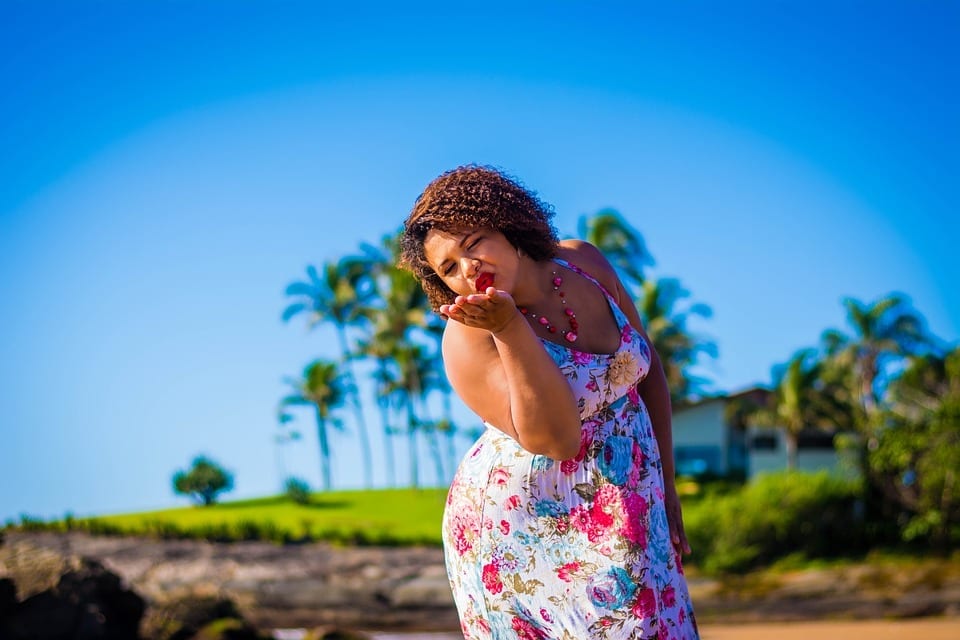The dog days of summer are upon us and if you haven’t reevaluated your sun protection, it’s high time you did! Misconceptions about sun protection can result in dangerous burns and an increased risk of developing skin cancer. Only about 40 percent of sun damage is done before the age of 18, so there’s still plenty of damage to be done during your adult years – and plenty of time to protect yourself.
- SPF Numbers Demystified
True or False: If you choose a sunscreen with an SPF of 30, you can stay out twice as long without burning as someone who is wearing an SPF 15.
False. SPF dictates how much of the harmful ultraviolet rays the sunscreen blocks. For example, a sunscreen with an SPF 15 will allow 1/15 of the sun’s harmful rays to penetrate to the deeper layers of your skin, while an SPF 30 will only allow 1/30 to penetrate. Most dermatologists recommend using a sunscreen with an SPF of 30 or greater to give you the best protection from sun damage.
- Timing is Everything
True or False: It takes approximately 20 minutes for sunscreen to completely absorb into your skin and provide total protection.
True. This is why you should apply sunscreen before you go outside and then reapply after 15 to 30 minutes. When sunscreen is applied to dry skin, it may not go on evenly and won’t protect as well as the second coat. And you absolutely must reapply every two hours, especially after swimming and toweling off. Even if you stay dry, sunscreen slowly degrades chemically, and six hours after you apply, you will have no protection at all.
And if you shave your legs before going out, be sure to apply an extra layer of sunscreen because shaving exfoliates the protective outer layer of your skin and can leave the newly exposed skin underneath vulnerable to sun damage.
- The Best Protection
True or False: All sunscreens protect against UVA and UVB rays.
False. Only broad-spectrum formulas that state on the label that they protect against both UVA and UVB rays will offer the best protection. UVA rays are thought to be responsible for wrinkles, while UVB are what cause your burn; however, both can lead to skin cancer.
Look for specific chemicals in your sunscreen to ensure you are safe from sun damage. Zinc oxide, titanium dioxide, avobenzone (Parsol 1789), and cinnamates offer the best protection and have the greatest photostability (they won’t degrade quickly when exposed to the sun). Products that list these high on their list of ingredients will offer the best protection.
- Added Benefits
True or False: Antioxidants can help your sunscreen protect you from sun damage.
True. Antioxidants are now found in many skin-care products and when used with an SPF, they may help your sunscreen work more effectively by neutralizing skin-cell-damaging free radicals produced by sun exposure.
- Cover Up
True or False: Clothing will protect you from the sun – regardless of weave or color.
False. Dark clothing offers better protection than light, and tight weaves block more rays than loose. A good way to test for sun protection is to hold the piece of clothing up to the light, if you can see light through the material, the sun’s rays can slip through too. In general, a white t-shirt has an SPF of between 6 and 10.





Be the first to comment on "Smart Sun Safety"